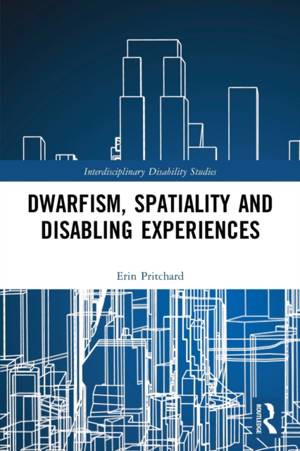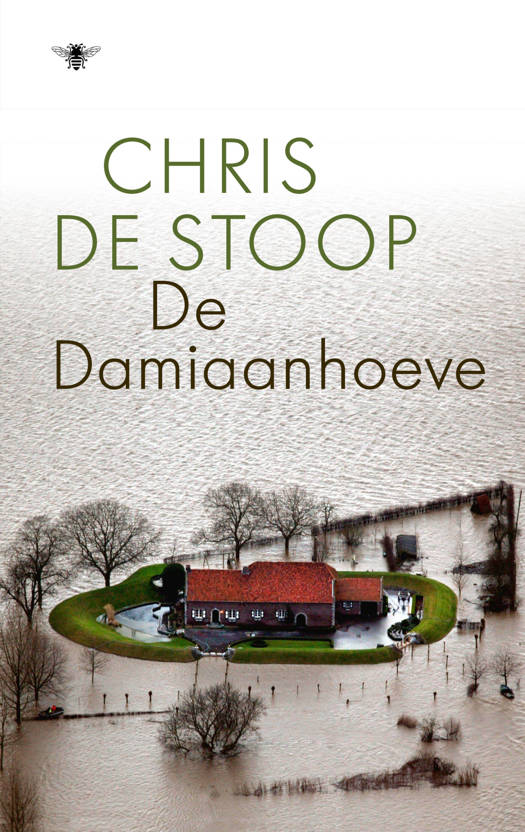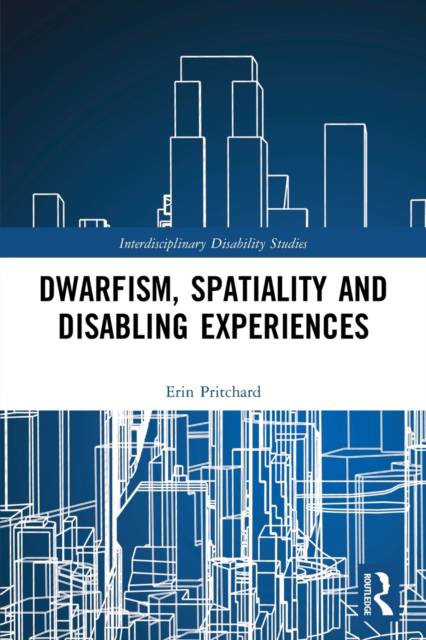
- Afhalen na 1 uur in een winkel met voorraad
- Gratis thuislevering in België vanaf € 30
- Ruim aanbod met 7 miljoen producten
- Afhalen na 1 uur in een winkel met voorraad
- Gratis thuislevering in België vanaf € 30
- Ruim aanbod met 7 miljoen producten
Omschrijving
This book provides an in-depth analysis of the social and spatial experiences of people with dwarfism, an impairment that results in a person being no taller than 4' 10".
This book engages with the concept that dwarfism's most prominent feature - body size and shape - can form the basis of social discrimination and disadvantages within society. By ignoring body size as a disability, it is hard to see the resulting disabling consequences of the built environment. Using a mixed-methods approach and drawing on the work undertaken by human geographers and disability studies academics, this book analyses how the relationship between harmful cultural stereotypes and space shapes everyday experiences of people with dwarfism and works to socially exclude them in diverse ways. Showing how spatial and social barriers are not mutually exclusive but can influence one another, this book responds to the limited academic work on the subject of dwarfism, whilst also contributing to the study of geographies of body size.
It will be of interest to all scholars and students of disability studies, human geography, the built environment, sociology and medical humanities.
Specificaties
Betrokkenen
- Auteur(s):
- Uitgeverij:
Inhoud
- Aantal bladzijden:
- 160
- Taal:
- Engels
- Reeks:
Eigenschappen
- Productcode (EAN):
- 9780367644307
- Verschijningsdatum:
- 30/05/2022
- Uitvoering:
- Paperback
- Formaat:
- Trade paperback (VS)
- Afmetingen:
- 150 mm x 226 mm
- Gewicht:
- 272 g

Alleen bij Standaard Boekhandel
Beoordelingen
We publiceren alleen reviews die voldoen aan de voorwaarden voor reviews. Bekijk onze voorwaarden voor reviews.











